Parking in the Center of Hollister a ‘Surprise’ to Goleta City Council
Will Review Project to Repaint Lanes in Old Town Again
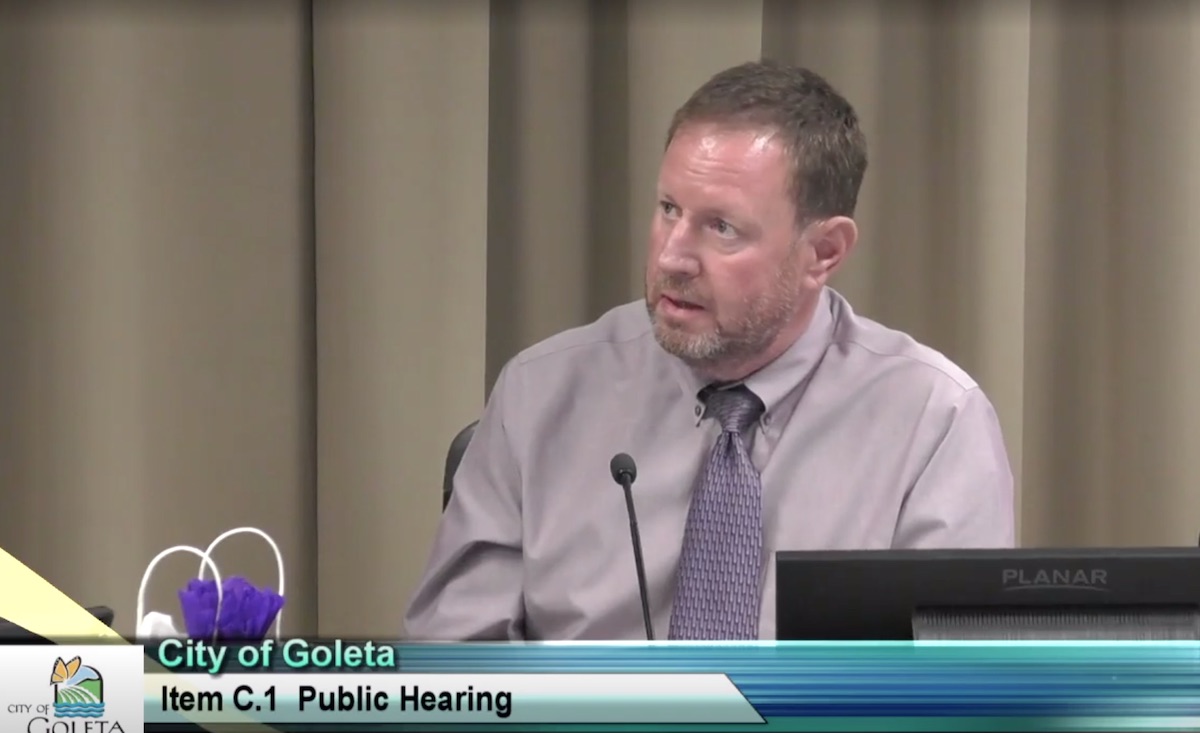
To reduce the number of lanes on Hollister Avenue as it travels through Old Town Goleta, change the parking configuration, and add bike lanes proved to be too much and too unvetted for the Goleta City Council on Tuesday night. Though the project — which only contemplates using paint to make the changes — could always be redone, Public Works Director Charlie Ebeling pointed out that one he’d worked on in Orcutt was still there 25 years later. The council agreed to give Public Works more time to develop a history of the project, a schedule for public workshops, and to return sometime soon.
The interim idea came out of a Complete Streets plan in 2017, which looked to alter the hardscape of the area for broader sidewalks, better curbs, and aesthetic improvements like trees. That would all take more time and money than the city had, and Public Works was asked to concentrate instead on pedestrian and bicycle safety and adding parking spaces, which merchants and residents were clamoring for. The plans offered would cost about $1.3 million to implement.
Of the three designs conceived and presented, one was a complete surprise, said Mayor Paula Perotte. It fit the bill, however, adding 50 parking spaces, putting bicycle lanes near the curb, and reducing conflicts with cars turning out of side streets. But Councilmember Roger Aceves spoke for all the council when he said, “I’m glad we’re not making a decision tonight. I have so many concerns about Alternative Three.”
The surprise alternative put the parking in the center of the road, and Aceves wondered how parents with children, dogs, and maybe cats were going to deal with crossing the street. Traffic engineer Derek Rapp stated that in other cities where lanes were reduced to one and parking added, traffic tended to slow down. The design also eliminated left turns from Hollister, requiring drivers to make U-turns at the signals. Left turns were apparently also blocked at several side streets. Councilmember Kyle Richards asked if Public Works could prepare a complete street diagram showing more details, rather than just the cutaway drawings in the staff report.
Alternative One added back-in diagonal parking to the north side of the street, left parallel parking on the south side, and added bicycle lanes and a 3.5-foot buffer between bikes and cars — for 25 added parking spaces. Alternative Two added traditional diagonal parking on the north side with a bicycle lane between the cars and the curb, and the south side remained parallel parking, for a loss of 20 parking spaces. The loss was due to sightline issues for cars coming out of the side streets and having to see past the diagonally parked cars. Both alternatives left one center turn lane.

Two other major projects will affect Old Town in the near future, and Ebeling explained that both are being expedited in order to preserve $30 million in grants for the $55 million roadworks. One will connect Ekwill Street and Fowler Road from Fairview to Kellogg Avenue to give motorists an alternative to Hollister Avenue. The second is the replacement of Hollister Bridge. The two make up the most complicated and expensive project in the city’s history, Ebeling said. One-third of the bridge will be worked on at a time, he explained, in order to keep two lanes open for traffic, except possibly in the middle of the night. But around this time next year, both projects should reach final design, sequencing of the various stages, and go out for construction bids.
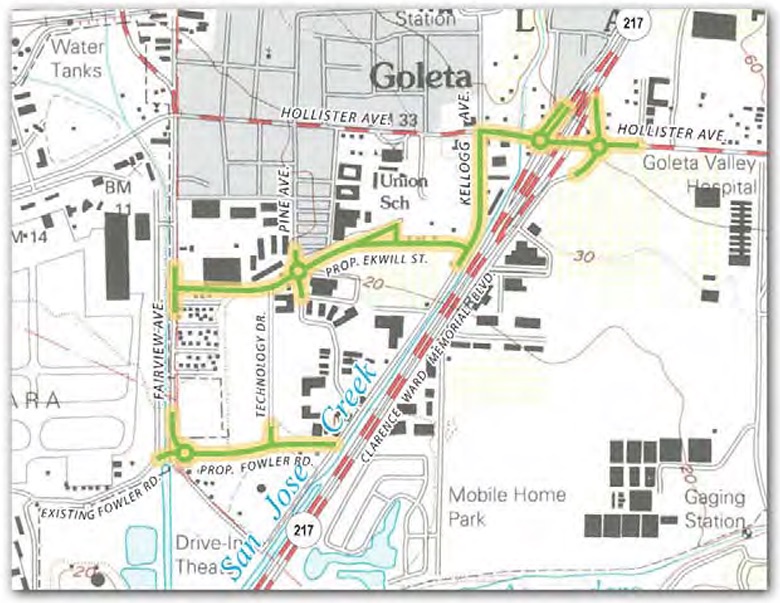
This matters because in 2017, Hollister Avenue carried about 20,000 motorists in daily trips. And all three alternatives reduce Hollister’s lanes from two in each direction to one. According to Rapp, the two newly longer streets will divert about 15 percent of Hollister’s traffic.
Old Town consists of about six blocks. and it contains an international mix of restaurants and the kind of stores lost to downtown Santa Barbara, several people noted. High-density housing lies to the north, and many industrial businesses to the south. The business owners who spoke asked where large trucks delivering goods would park, what’s to be done about the cars whose owners seemed to consider Hollister their personal parking spot, and how would their customers who didn’t walk so well reach their door if they couldn’t park at the curb. Most of the Old Town residents who spoke thought Hollister worked fine and asked to leave it alone.
The councilmembers had their own issues with the three alternatives but also understood the time delays looming. A couple of the public commenters noted they’d been attending meetings about fixing Old Town’s issues since the 1990s. All the issues will be revisited — including potentially a “no changes” alternative — but the council was keeping their eye on the clock. The painting project either had a timeline of six to nine months if a choice was made soon, or a year and a half if public workshops were held, and about 24 months if additional studies — of parking circulation or traffic accidents — were included, Ebeling indicated.
Support the Santa Barbara Independent through a long-term or a single contribution.

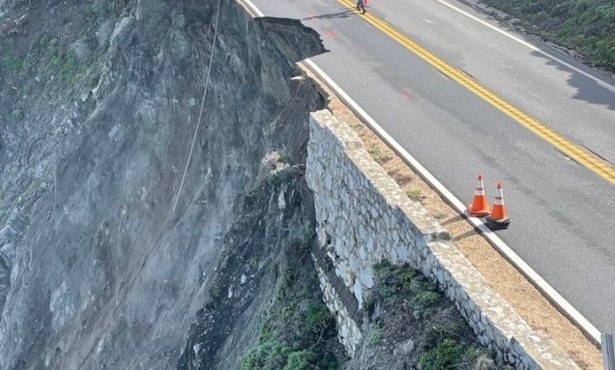
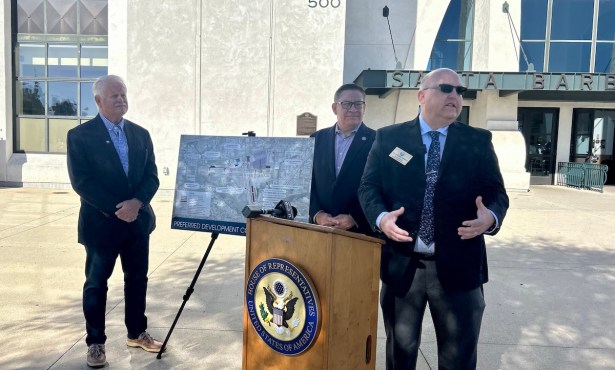
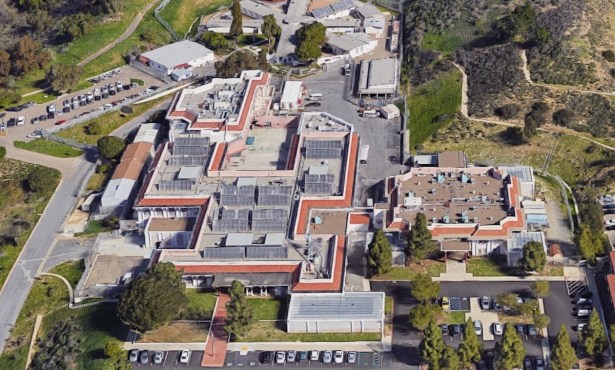
You must be logged in to post a comment.